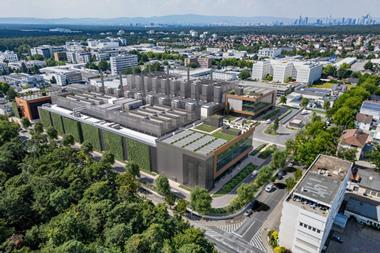Alaska Permanent Fund Corporation (APFC) has sold close to one-quarter of its real estate portfolio by disposing of its 50% stake in Simpson Housing for $1.4bn (€1.14bn).
APFC, which acquired the interest in the residential developer and manager in 2006, revealed the sale in a board meeting report this week.
The holding in Simpson Housing was valued at $1.39bn at the end of 2017, making up 24.7% of its $5.62bn real estate portfolio.
Another co-owner of Simpson Housing is the State of Michigan Retirement Systems. The buyer of APFC’s stake was not disclosed.
The sale means that APFC exposure to real estate now stands at 6.4%, well below its target allocation of 11%.
According to the board meeting document, APFC plans to increase its real estate exposure by investing more with international real estate fund managers.
Over the first six months of this year, APFC is aiming to invest $1bn in real estate, having already committed this much during the second half of 2017.
APFC has traditionally focused on direct core real estate investments through separate accounts, but the new plan would entail investing in higher-return funds and making co-investments.
A board meeting document shows that APFC has instructed its investment consultant Callan to search for global real estate fund managers. The investor has also issued a request for proposals for a dedicated real estate consultant.
The report says APFC “can achieve greater portfolio diversification through more international investments, as well as adding domestic or global opportunistic and value-add managers that can complement the existing core focus”.
APFC, which admitted that its 6.4% exposure to real estate is “modestly below” those of its peers, has even higher long-term allocation targets for the asset class. Its current investment policy calls for real estate to make up 12% of assets by 2020 and 13% by 2021.
In addition to the Simpson Housing sale, the low exposure to real estate has also been attributed to “much higher than anticipated growth in total APFC assets”, driven mostly by appreciation in equity risk assets.
The institutional investor is also considering combining its real estate and private income allocations to create a large, more flexible real assets allocation.
APFC has a 6% target allocation to private income investments, which include infrastructure and private credit. Its current exposure to these asset classes is closer to its allocation target, at 5.6%.
Combining real estate and private income “makes sense for greater portfolio flexibility and in recognition of the similar attributes and objectives of the underlying assets”, the APFC report said.













